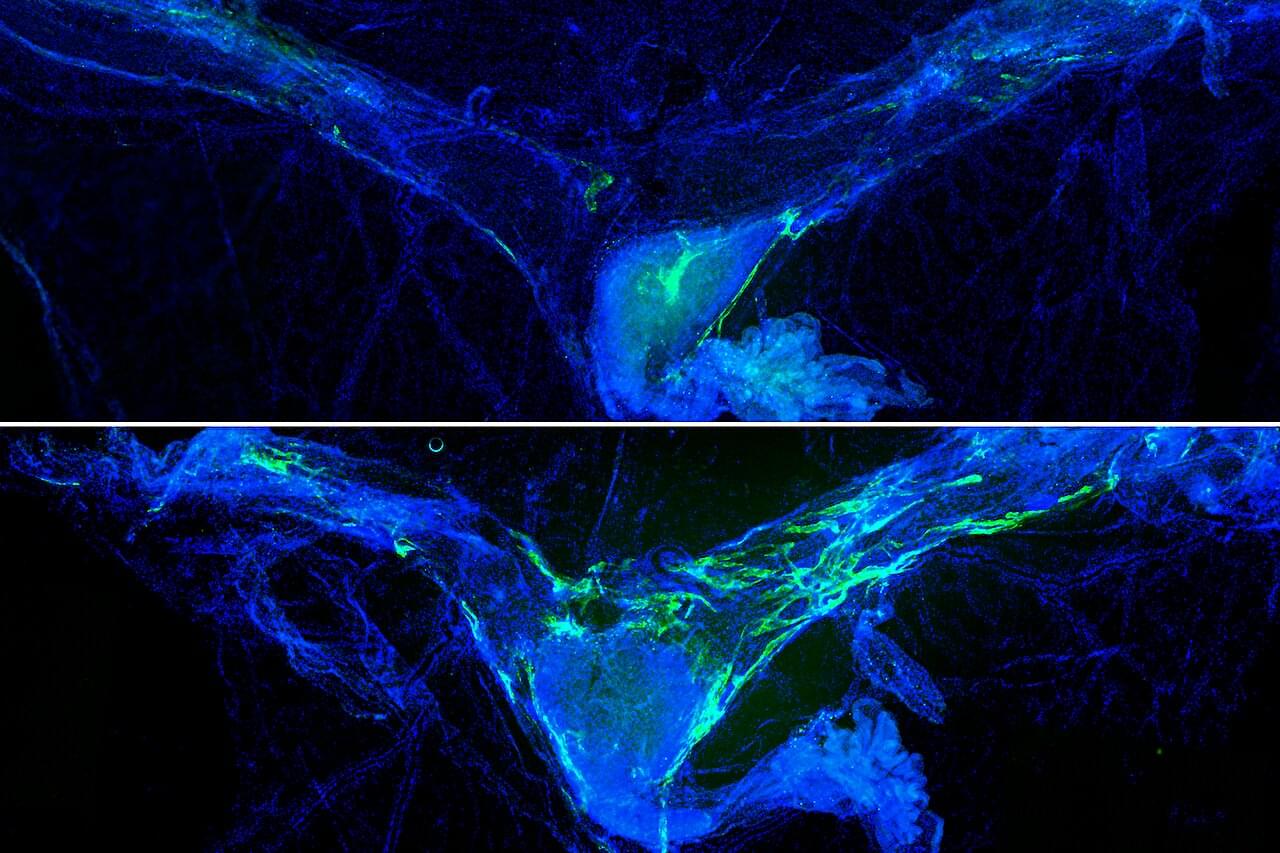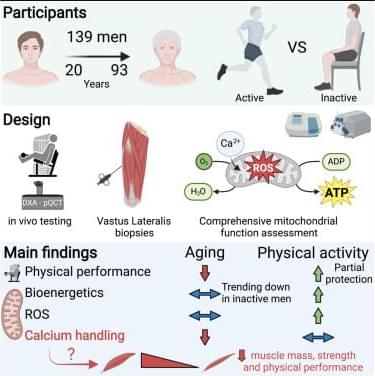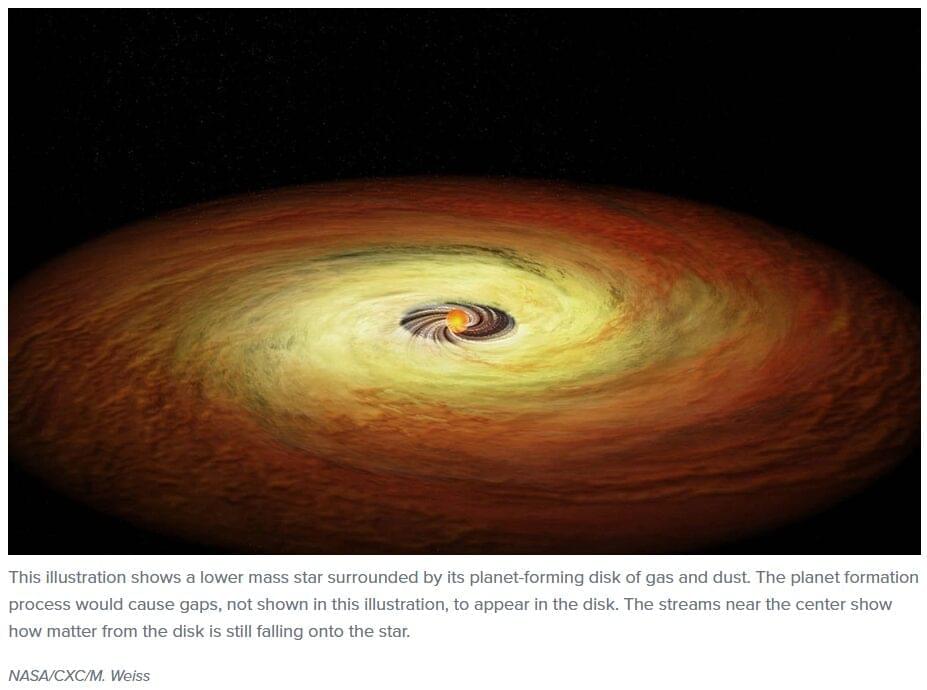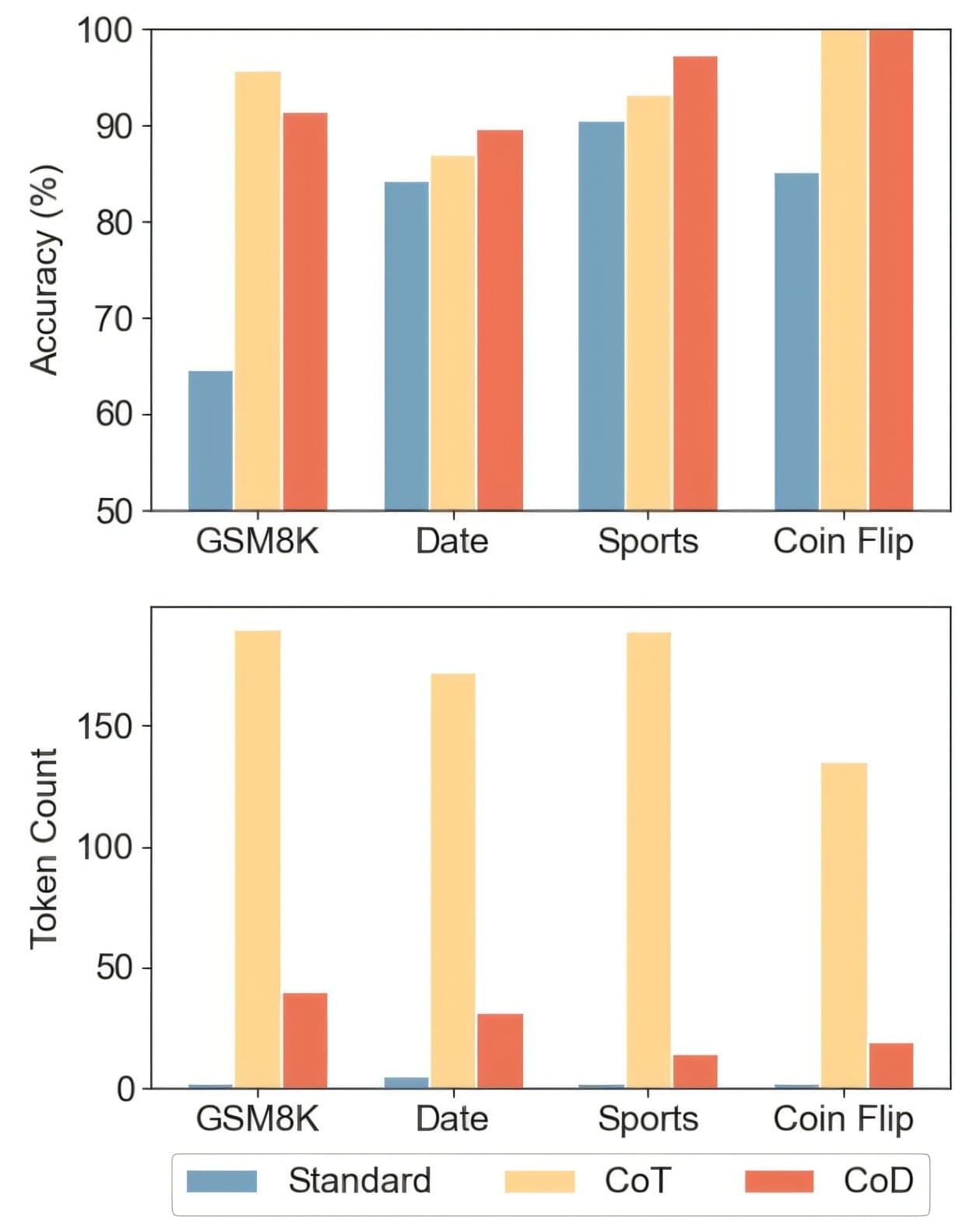Proximity of WUI fires leads to disproportionately large impacts on air quality and human health especially for urban population.



As aging bodies decline, the brain loses the ability to cleanse itself of waste, a scenario that scientists think could be contributing to neurodegenerative conditions such as Alzheimer’s disease and Parkinson’s disease, among others.
Now, researchers at Washington University School of Medicine in St. Louis report they have found a way around that problem by targeting the network of vessels that drain waste from the brain. Rejuvenating those vessels, they have shown, improves memory in old mice.
The study, published online in the journal Cell, lays the groundwork to develop therapies for age-related cognitive decline that overcome the challenges faced by conventional medications that struggle to pass through the blood-brain barrier to reach the brain.

Cefis et al. show that mitochondrial respiration and ROS production are not affected during healthy muscle aging but identify altered mitochondrial calcium handling as a potential key driving mechanism. They also highlight physical activity as a powerful stimulus to enhance physical performance and mitochondrial energetics throughout the human adult lifespan.

WASHINGTON — The U.S. Space Force released a new strategy blueprint outlining how it plans to integrate artificial intelligence (AI) into its operations and improve AI literacy among its personnel. The document, titled “Data and Artificial Intelligence FY 2025 Strategic Action Plan,” was published March 19 in response to Defense Department directives calling for a more data-driven and AI-enabled force.
“The Space Force recognizes the critical role that data and artificial intelligence will play in maintaining space superiority,” Col. Nathen Iven, acting deputy chief of space operations for cyber and data, stated in the document.
The strategic plan outlines initiatives to “foster data literacy, equip our guardians with cutting-edge technologies, and drive innovation,” according to Iven.

Filipino researchers have optimized the traditional method of producing Philippine rice wine, known as tapuy, to enhance its nutritional value, potentially making it a superfood rich in antioxidants and anti-aging compounds.
Edward Kevin B. Bragais of Ateneo de Manila University and Paul Mark B. Medina of the University of the Philippines investigated how different starter cultures, specific microorganisms used to initiate fermentation, locally called bubod, affect the solid byproducts of winemaking. These byproducts, known as lees, consist mainly of rice residues, yeast, and other microbial compounds and are typically discarded.
The researchers found that by optimizing the fermentation process with a well-defined microbial culture, tapuy lees could become a valuable source of natural compounds with potential medical and nutritional benefits.
A new type of time crystal could represent a breakthrough in quantum physics.
In a diamond zapped with lasers, physicists have created what they believe to be the first true example of a time quasicrystal – one in which patterns in time are structured, but do not repeat. It’s a fine distinction, but one that could help evolve quantum research and technology.
“They could store quantum memory over long periods of time, essentially like a quantum analog of RAM,” says physicist Chong Zu of Washington University in the US. “We’re a long way from that sort of technology. But creating a time quasicrystal is a crucial first step.”

If there were such a thing as a photo album of the universe, it might include snapshots of pancake-like disks of gas and dust, swirling around newly formed stars across the Milky Way. Known as planet-forming disks, they are believed to be a short-lived feature around most, if not all, young stars, providing the raw materials for planets to form.
Most of these planetary nurseries are short-lived, typically lasting only about 10 million years—a fleeting existence by cosmic standards. Now, in a surprising find, researchers at the University of Arizona have discovered that disks can grace their host stars much longer than previously thought, provided the stars are small—one-tenth of the sun’s mass or less.
In a paper published in the Astrophysical Letters Journal, a research team led by Feng Long of the U of A Lunar and Planetary Laboratory, in the College of Science, reports a detailed observation of a protoplanetary disk at the ripe old age of 30 million years. Presenting the first detailed chemical analysis of a long-lived disk using NASA’s James Webb Space Telescope, the paper provides new insights into planet formation and the habitability of planets outside our solar system.

A small team of AI engineers at Zoom Communications has developed a new approach to training AI systems that uses far fewer resources than the standard approach now in use. The team has published their results on the arXiv preprint server.
The new approach developed at Zoom is called Chain of Draft (CoD), an update of the traditional approach now in use called Chain of Thought (CoT). CoT uses a step-by-step approach to solving a problem, similar in many ways to human problem-solving. The research team noted that CoT tends to generate more steps than are needed to solve a problem and found a way to reduce them.
Humans do not usually think about every step involved in solving a problem, especially if they are writing them down, because some steps are seen as basic knowledge. Instead, they jump over or combine some of them. The result is a list of essential steps.
The jump in valuation doubles the previous $9 billion figure, reported by Reuters in November.
